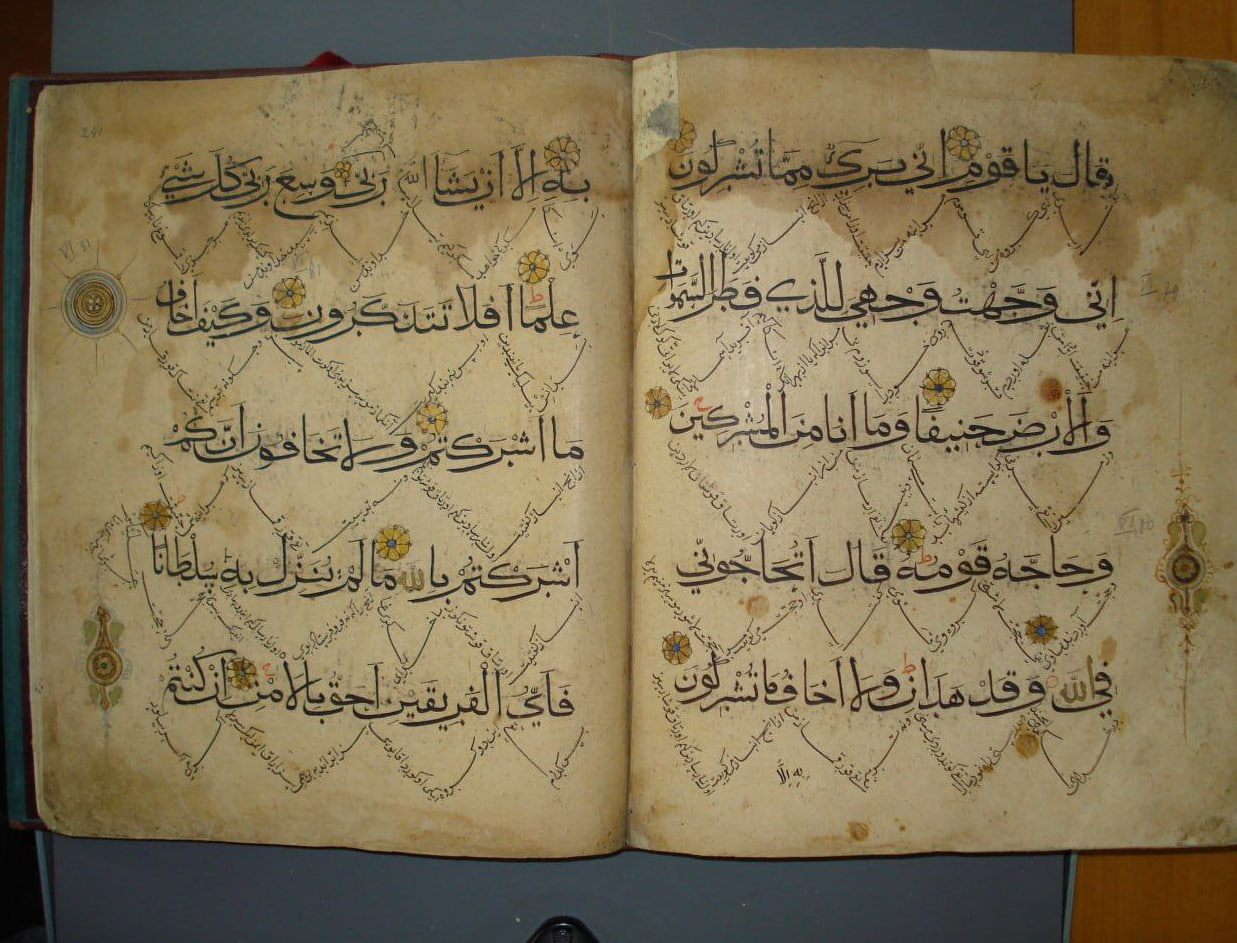The history of the first translations of the Qur’an
🔴 The first steps in understanding the Qur’an
🔴 Cultural heritage and the development of language

The Holy Qur’an, as the word of Allah, was revealed to mankind as a Sacred Book. Since it was revealed in Arabic, peoples who did not know this language faced difficulties in reading and understanding it. Therefore, the Turks and Persians who accepted Islam felt the need to read the meanings of the Qur’an in their native languages.
According to narrations, Salman al-Farsi translated Surah al-Fatiha into Persian, and Muslims recited it in prayer. The fact that our Prophet (peace be upon him) did not forbid this shows that translations of the Qur’an began in the very first centuries of Islam.
The first translations into Persian
In the 10th century, by the order of the Samanid ruler Mansur ibn Nuh, the first complete translation of the Qur’an into Persian was created. In this work, the famous “Jami’ al-bayan” by Tabari was taken as the main source. With the participation of scholars from Bukhara, Balkh, Samarkand, and Fergana, the Arabic text was translated line by line into Persian. Later, through the works of Nasafi and other scholars, this process continued in the 11th - 12th centuries as well.
The emergence of Turkish translations
There is no exact information about in which century the Qur’an was first translated into Turkish. However, Turkologists note that the earliest translations were written as early as the 10th - 11th centuries. They were created in the “interlinear” style - the Turkish equivalent of each Arabic word was written above or below it. This method also contributed to the formation of new Islamic terminology in the Turkish language.
“Mixed language” copies
In the 12th -14th centuries, Turkish translations written in a mixed form, combining Qarakhanid, Kipchak, and Oghuz elements, began to appear. The most famous among them is a manuscript of 222 folios preserved in the Suleymaniye Library in Istanbul. In it, the Arabic text is written in large letters, while the Turkish translation is inserted between the lines in smaller script. Some pages also include hadiths and tafsir explanations.
Translations of the Qur’an not only expanded religious knowledge but also made a great contribution to the enrichment and development of the Turkic languages. The simultaneous use of Persian and Turkish strengthened the process of cultural dialogue and mutual enrichment.
Even today, manuscripts of Persian and Turkish Qur’an translations are preserved in major libraries in cities such as Tashkent, London, Dublin, and Mashhad. This heritage holds great significance in the history of Islamic civilization and the Turkic peoples.
Durdona Rasulova
P/S: The article may be used by indicating a reference to the official website of the Center.
Most read

Over 100 experts from more than 20 countries of the world are in Tashkent!

The Center for Islamic Civilization – a global platform leading towards enlightenment

The museum of the Center for Islamic Civilization in Uzbekistan has been further enriched: unique artifacts from different parts of the world have been presented as gifts











